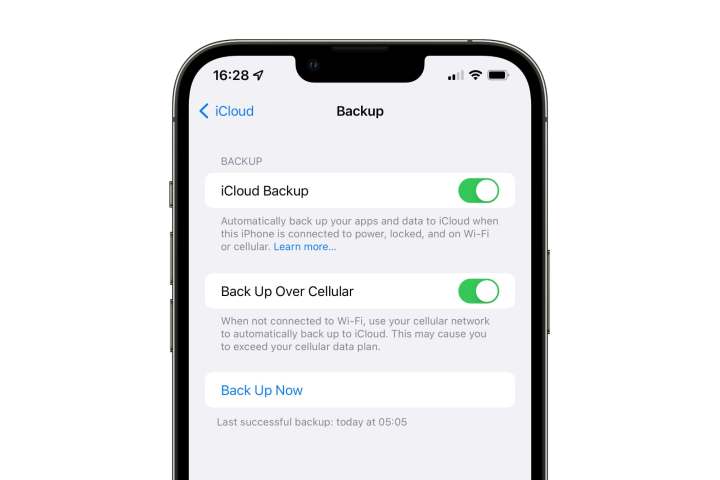Look, we all know that Apple’s HomeKit experience isn’t as fleshed out as some of the competition, but it’s not broken. It just needs some more updates and features, right? Hopefully, with things like Matter and the plethora of news from CES, we may be on the right track to getting a better system.
I’m a complete convert from other smart home systems to solely using HomeKit and HomeKit-branded devices (except my robovac, but more on that later). Here, I want to go over a few features that I’d personally like to see incorporated into the subsequent HomeKit updates. Before I get started, know that HomeKit doesn’t get updates in the App Store like other apps. Instead, they are rolled out over time and come with system updates. We will likely get a batch of new features during the next WWDC around June.
More devices, obviously
The first thing that everyone in any smart home system wants is more compatible devices, and that’s key for HomeKit more than any other system. Every new smart device that comes out on the market is made with either Google Assistant or Amazon Alexa in mind, especially those with lower price tags. Well, we in the Apple camp like saving money too.
There’s still no HomeKit-enabled robot vacuum. I have to use the proprietary app with my Shark Vac — ew. Also, the byproduct of having more devices is more competition. With more competition, in theory, the prices of products get lowered, and that’s something we can all agree on.
More unique automation triggers
There are a few third-party apps that will tap into your HomeKit ecosystem and Home app. They exist because they either give a different UI or different features. Some of those bigger named apps have other, more specific triggers when it comes to setting up automation. It’s the main reason to go to a third party.
Apple’s standard Home app does a reasonably decent job giving most of its users enough triggers. Those include days of the week and times of the day. That’s all fine and dandy, but what if you want to start automation based on the state of an accessory in your home? How about based on an action from another app? That’s possible with third-party apps, but not with the Home app. Hopefully, more triggers will come soon.

Backup Options
Coming from that last reason, some of the other available apps include backing up your Home data. This feature allows you to backup your home setup, including accessories, groups, automation, and more for a new device or a new install. Not only will you be able to back up your data, but you can also easily restore it. This feature should be easy to pair with HomeKit and iCloud.
A smart display
We need a smart display for HomeKit to act as a command center of sorts. It’s great that Apple lets you use your iPad as a home hub, but how great would a mini iPad be on top of a HomePod mini feel?
This HomeKit smart display would allow you to control your home, ask questions to Siri, see personalized data, and even take Facetime calls. I won’t ask for an auto-rotating model just yet. All I’m asking for is a simple centerpiece for my kitchen.

Better family features
It’s a little surprising that Apple doesn’t have more family features for the HomeKit. They allow parents and children to interact with many other services through iCloud, yet nothing for HomeKit. Currently, the only ‘family’ feature that there is through the Home app is adding multiple people to your home.
It would be cool to have different profiles with specific permissions available to various groups. For example, the kids would have the ability to turn off lights in their rooms or set automation, but cannot control the whole house. Maybe have specific times when they can interact with the home, while adults can control the entire home whenever they want.
These features are just a little food for thought, but I would love to see any of them come to life. They would make HomeKit a great contender in the smart home space, and then we wouldn’t have to rely on things like HOOBS and Home+ 5 to get us the features we want and need.
If you haven’t heard yet, Matter is a new smart home technology initiative spearheaded by many companies to increase interoperability between accessories. This new tech is just the first step in watching smart home tech grow. We still don’t know when we’ll start to see devices utilize it actively or how everything will work. Will every feature be available from every smart home platform? Will there no longer be exclusivity? These are just some of the questions we’ll have to wait and see if we get answers to.
Editors' Recommendations
- Matter adds support for fridges, air purifiers, robot vacuums, and more with massive 1.2 update
- 6 HomeKit settings you should disable (or adjust) right now
- Aqara launches U100 smart lock with full Apple HomeKit support
- The smart home market might see big changes in 2023
- Apple reportedly working on a new iPad-like smart home display




